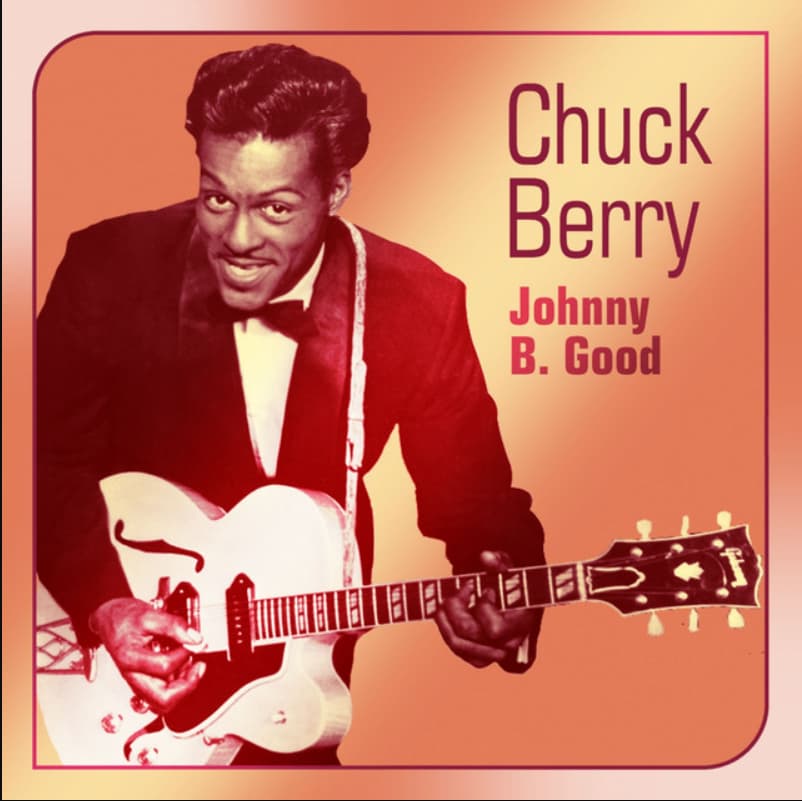
Chuck Berry’s “Johnny B. Goode”: A Rock and Roll Anthem
When discussing the pillars of rock and roll, one cannot overlook Chuck Berry’s monumental track, “Johnny B. Goode”. Released as a single in 1958, this song not only reached number two on the Hot R&B Sides chart but also climbed to number eight on the Billboard’s pre-Hot 100 chart, signaling its widespread appeal upon debut. Its enduring legacy is evidenced by its consistent presence in music history discussions and its significant influence on the genre.
“Johnny B. Goode” is often hailed as the quintessential rock and roll song, encapsulating the aspirations and dynamism of the youth of its time. It stands out as a narrative about a young, talented guitarist from the New Orleans area, whose dreams and skills far exceed his humble beginnings. The protagonist, Johnny, is described as a country boy who could play the guitar just like “ringing a bell,” a metaphor that vividly captures the clarity and distinctiveness of his musical talent.
What makes “Johnny B. Goode” particularly fascinating is its partial basis in Chuck Berry’s own life. Berry, born at 2520 Goode Avenue in St. Louis, infuses autobiographical elements into the song, originally referencing Johnny as a “colored boy” which he later changed to “country boy” to ensure the song’s radio play during a time of significant racial segregation in media. This adjustment not only broadened its audience but also marked a significant moment in rock history, navigating the social landscapes of the era.
The recording of the song itself is an artifact of collaborative genius. While Johnnie Johnson, Berry’s regular pianist, provided initial inspiration, it was Lafayette Leake who played the piano during the iconic Chess recording session. This session also featured legends like Willie Dixon on bass and Fred Below on drums, and was produced by the influential Leonard and Phil Chess.
Beyond its immediate success, the song’s influence stretched into various dimensions of culture and music. It was notably included on the Voyager Golden Record, intended to represent the pinnacle of Earth’s cultural achievements to any extraterrestrial discoverers. Such a selection underscores the song’s universal appeal and its representation of human creativity and spirit.
Over the decades, “Johnny B. Goode” has been covered by a myriad of artists across different genres, demonstrating its versatile appeal. From Buck Owens’s country rendition to Jimi Hendrix’s electrifying interpretations, each version has contributed layers to the song’s rich history. It has also made iconic appearances in pop culture, notably in the film Back to the Future, where it underscored themes of time travel and cultural influence.
In summary, Chuck Berry’s “Johnny B. Goode” is more than just a song; it is a narrative of dreams, talent, and the universal desire to be recognized. It celebrates the roots of rock and roll while also serving as a personal anthem for Berry, making it a timeless piece that continues to resonate with audiences around the world. Its legacy in music history is both a testament to Berry’s genius and the enduring appeal of rock and roll as a voice of cultural expression.